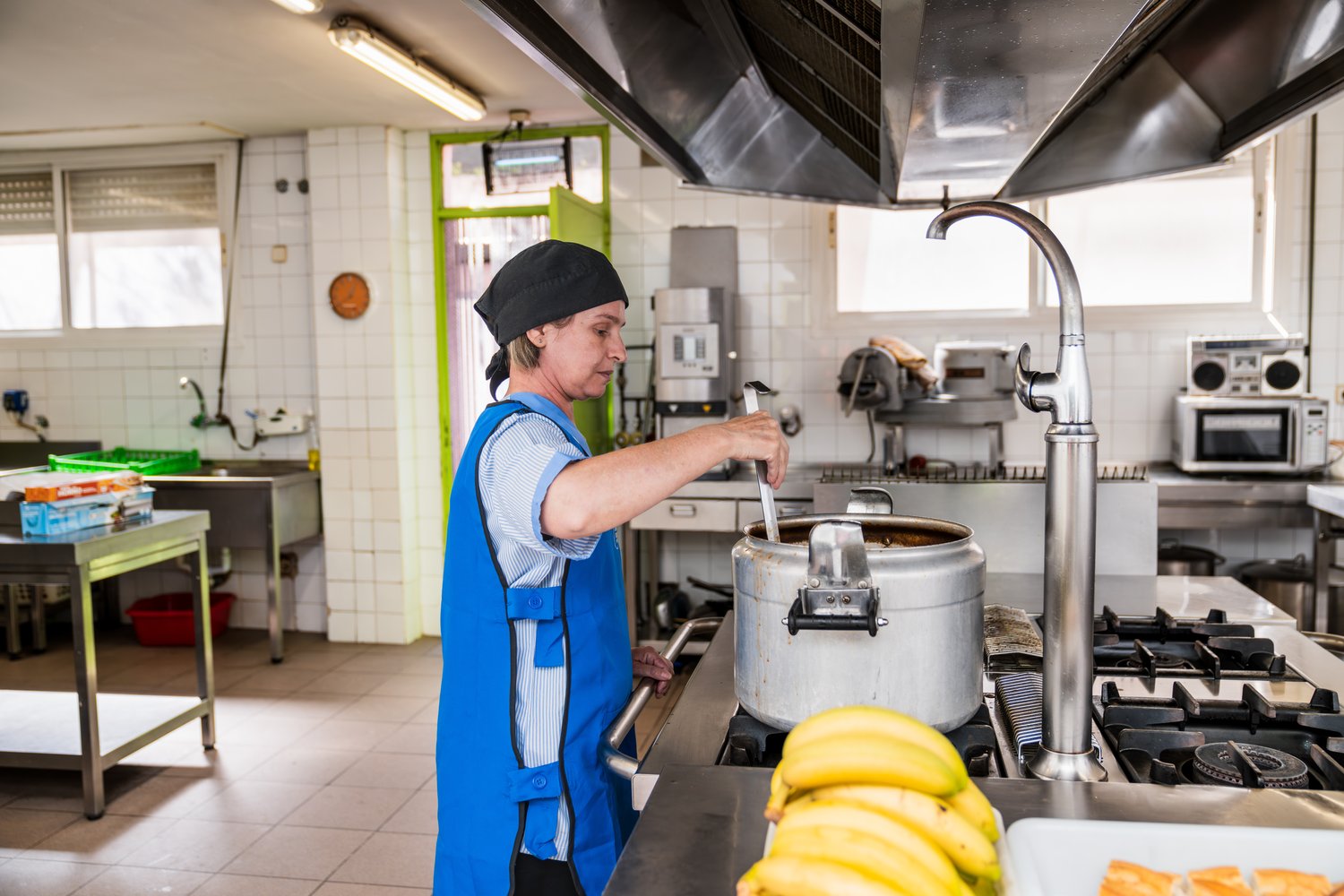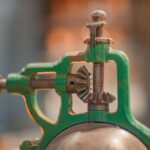Understanding economic chambers in commercial kitchens
Economic chambers are vital components in professional kitchens. These specialized storage units maintain optimal temperature and humidity levels for food preservation. They come in various sizes, typically ranging from 500 to 2000 liters in capacity. Most economic chambers operate between 0°C and 4°C, ideal for storing perishables. Some models feature dual temperature zones, allowing for simultaneous storage of different food types. High-quality units often incorporate stainless steel interiors for durability and easy cleaning. Energy efficiency is a key factor, with modern chambers consuming 30-50% less power than older models. Economic chambers play a crucial role in reducing food waste and ensuring food safety in commercial kitchens.
Proper installation of economic chambers is essential for optimal performance. They require adequate ventilation, with at least 10 cm of clearance on all sides. Most units need a dedicated electrical circuit, typically 220-240V. Regular maintenance is crucial for longevity. This includes weekly cleaning of interior surfaces and monthly inspection of door seals. Many chambers feature digital controls for precise temperature management. Some advanced models offer remote monitoring capabilities via smartphone apps. When selecting an economic chamber, consider factors such as capacity, energy rating, and warranty coverage. Most manufacturers offer warranties ranging from 1 to 5 years on parts and labor.
Economic chambers contribute significantly to kitchen efficiency. They can reduce food preparation time by up to 25% by keeping ingredients readily accessible. These units often feature adjustable shelving, accommodating various container sizes. Some models include built-in alarms that alert staff to temperature fluctuations. This feature can prevent costly food spoilage. High-end chambers may incorporate UV sterilization systems, further enhancing food safety. When properly maintained, an economic chamber can have a lifespan of 10-15 years. Regular servicing by qualified technicians can extend this lifespan even further.
Essential kitchen equipment for commercial spaces
Selecting the right kitchen equipment is crucial for efficient commercial kitchen operations. A well-equipped kitchen can increase productivity by up to 30%. Commercial ovens are a cornerstone of any professional kitchen. Convection ovens, for instance, can reduce cooking times by 25% compared to conventional ovens. They typically operate at temperatures between 150°C and 300°C. Refrigerators are equally important, with most commercial units maintaining temperatures between -2°C and 8°C. Industrial dishwashers are essential for maintaining hygiene standards. These machines can process up to 500 plates per hour, significantly reducing labor costs.
Food processors are versatile tools in commercial kitchens. They can perform various tasks such as chopping, slicing, and pureeing. Most commercial models have a capacity of 2-4 liters and can process up to 5 kg of food per minute. Kitchen equipment like mixers are available in various sizes, from 5-liter countertop models to 80-liter floor mixers. Proper ventilation is crucial in commercial kitchens. Industrial exhaust hoods can remove up to 5000 cubic feet of air per minute, maintaining a comfortable working environment. Stainless steel work tables are standard in professional kitchens due to their durability and ease of cleaning.
Commercial fryers are essential for many restaurant kitchens. They typically have a capacity of 15-50 liters and can reach temperatures of up to 190°C. Grills are another common fixture, with flat-top models offering cooking surfaces of 60-120 cm in width. Salamander broilers are useful for finishing dishes, operating at temperatures up to 300°C. Ice machines are crucial for many establishments, with commercial models producing 50-500 kg of ice per day. When selecting equipment, consider factors such as energy efficiency, durability, and ease of maintenance. Many manufacturers offer leasing options, allowing businesses to access high-quality equipment without a large upfront investment.
Maintenance tips for prolonging kitchen equipment lifespan
Regular maintenance is key to extending the lifespan of kitchen equipment. Daily cleaning routines can prevent 70% of equipment failures. For ovens, this includes wiping down interior surfaces and checking door seals. Refrigerators benefit from weekly cleaning of condenser coils, which can improve efficiency by up to 25%. Dishwashers require daily cleaning of filters and spray arms to maintain optimal performance. Proper water treatment can extend the life of water-using equipment by up to 50%. This includes using water softeners and regularly replacing filters.
Preventive maintenance schedules are crucial for avoiding costly breakdowns. Most manufacturers recommend professional servicing every 6-12 months. This typically includes inspection of electrical components, lubrication of moving parts, and calibration of temperature controls. Keeping detailed maintenance logs can help identify recurring issues and predict potential failures. Training staff in proper equipment use can reduce wear and tear by up to 30%. This includes teaching correct cleaning procedures and operational best practices. Many equipment issues can be prevented by addressing minor problems early. For example, replacing worn gaskets can prevent energy waste and potential food spoilage.
Investing in high-quality equipment can lead to long-term savings. Commercial-grade appliances often have a lifespan 2-3 times longer than residential models. When purchasing new equipment, consider factors such as warranty coverage and availability of replacement parts. Some manufacturers offer extended warranties that can provide coverage for up to 5 years. Regular calibration of temperature-sensitive equipment is essential for food safety and energy efficiency. This should be done at least quarterly for most appliances. Proper storage of equipment when not in use can prevent damage. This includes covering grills and fryers to protect them from dust and debris. By following these maintenance tips, businesses can significantly extend the lifespan of their kitchen equipment, reducing replacement costs and downtime.





